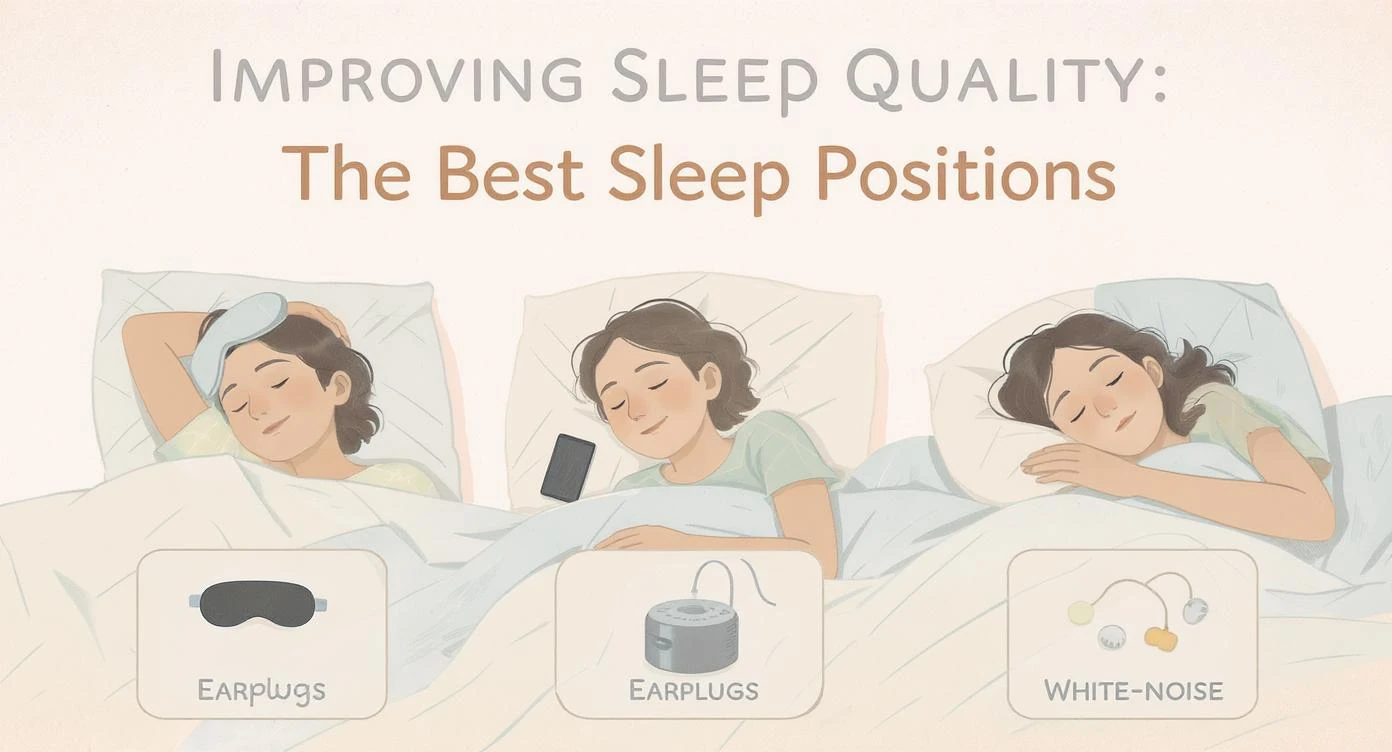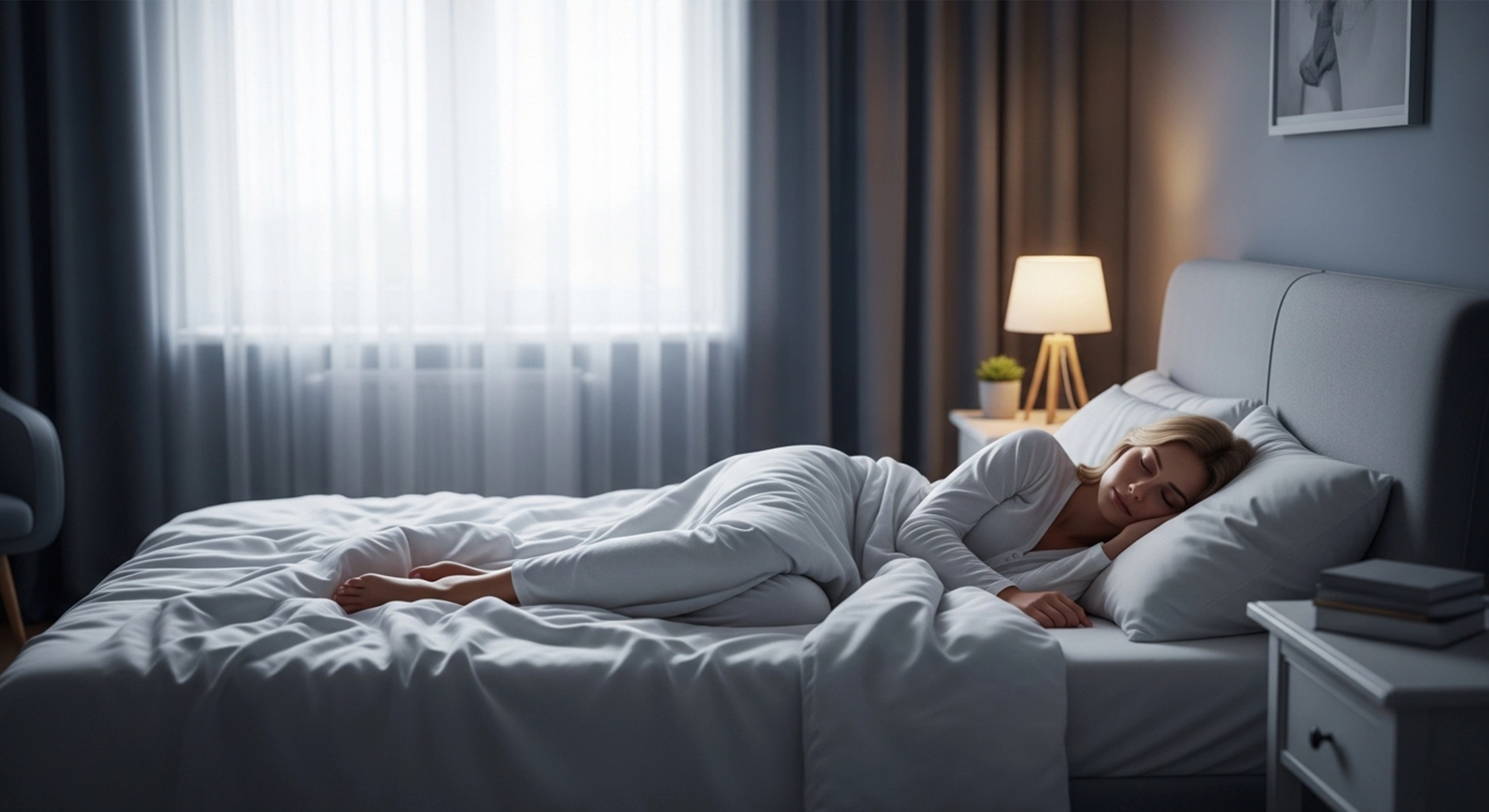Improving Sleep Quality: The Best Sleep Positions
Discovering the best sleep positions can be a game-changer for enhancing your sleep quality. In this blog post, we delve into the most beneficial positions for a peaceful night's rest and how they contribute to your overall wellness.
The Importance of Sleep Quality
Before we delve into the topic of sleep positions, it's essential to understand the significance of sleep quality. High-quality sleep is just as critical to our health and wellbeing as nutrition and exercise. It contributes to our mental health, physical health, quality of life, and even safety. Without enough good-quality sleep, we may struggle with issues such as poor concentration, low energy, weakened immunity, and increased risk of chronic conditions.
The Role of Sleep Positions in Sleep Quality
The position you sleep in has a significant impact on your sleep quality and overall health. The right sleep position can help reduce snoring, alleviate sleep apnea symptoms, and even lower the risk for neurological diseases. On the other hand, the wrong sleep position can lead to back and neck pain, fatigue, sleep apnea, and other health problems.
Best Sleep Positions for Enhancing Sleep Quality
Let's delve into some of the best sleep positions for enhancing sleep quality:
- Back sleeping (Supine position)
- Side sleeping (Lateral position)
- Fetal position
1. Back Sleeping (Supine Position)
Back sleeping, also known as the supine position, is one of the most healthful positions for most people. This position allows your head, neck, and spine to rest in a neutral position, reducing the risk of experiencing pain in these areas. Back sleeping can also help decrease the risk of developing wrinkles since your face isn't pressed against a pillow.
2. Side Sleeping (Lateral Position)
Side sleeping, or sleeping in a lateral position, is beneficial for people who snore or have sleep apnea, as it helps keep the airways open. This position is also recommended for pregnant women, as it improves circulation to the heart, benefiting both mom and baby. However, side sleeping can sometimes lead to arm numbness or shoulder pain, so using a supportive pillow is crucial.
3. Fetal Position
The fetal position, where you sleep on your side with your legs curled up, is another good option for pregnant women. It can also be comfortable for those with a herniated disc or hip pain. However, curling up too tightly in the fetal position can restrict breathing and leave you feeling sore in the morning, so it's best to keep things loose.
Adjusting Your Sleep Position
If you're looking to change your sleep position to improve your sleep quality, here are some tips that can help:
- Use supportive pillows: Pillows can provide the necessary support to maintain a neutral alignment of your neck and spine.
- Choose a suitable mattress: A good mattress should support your body's natural curves and keep your spine aligned.
- Practice consistency: It can take time to adjust to a new sleep position. Be patient and consistent.
Conclusion
Improving your sleep quality isn't just about how long you sleep but also about how well you sleep. By understanding the best sleep positions and making necessary adjustments, you can significantly enhance your sleep quality and overall wellness. Remember, everyone is unique, so it's essential to find the sleep position that works best for you.




